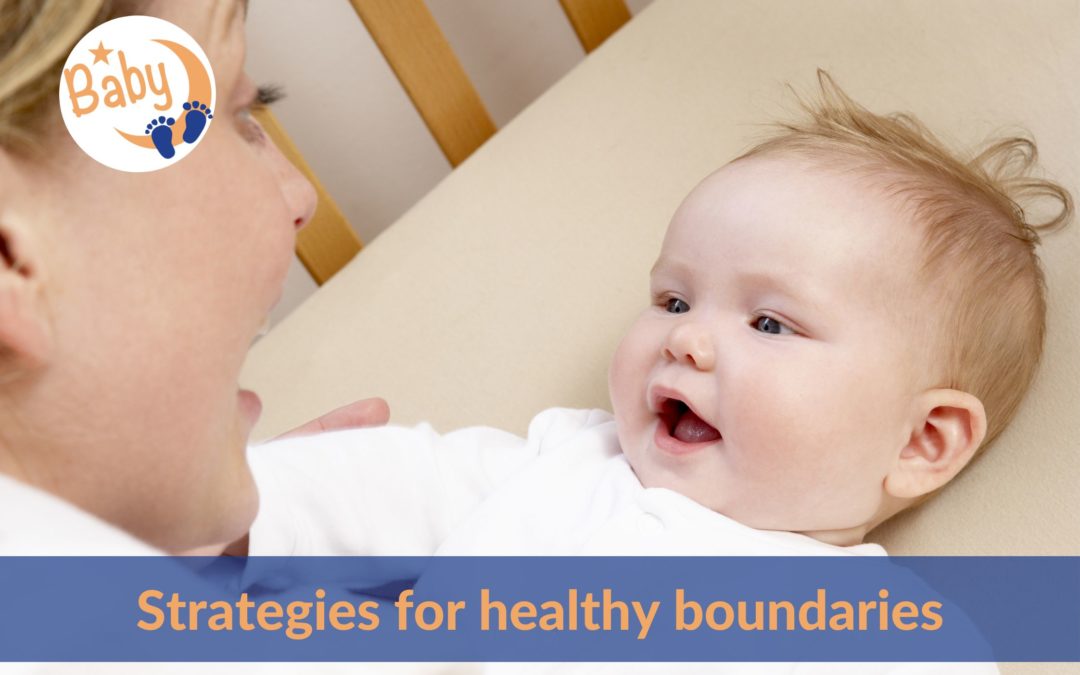Strategies for setting healthy boundaries
In my previous article, I wrote about the significance of setting boundaries for babies from an early age, starting with a baby crib.
In this new article I come up with several effective strategies to establish healthy boundaries for babies, while still promoting trust & security, independence & freedom.
-
Consistency is key
Consistency is the cornerstone of effective boundary setting. Whether it’s mealtime, bedtime, or playtime, maintaining a consistent routine helps babies understand and anticipate what comes next. This predictability creates a sense of stability, reducing anxiety and promoting a secure attachment with caregivers.
-
Good communication
While babies may not comprehend verbal communication in the same way adults do, they are remarkably good at understanding tone, facial expressions, and body language. Clear and gentle communication helps babies associate specific behaviours with appropriate responses, facilitating a deeper understanding of boundaries.
-
Create a safe environment
Physical safety is paramount in a baby’s world. Designing a safe environment with age-appropriate toys and secure spaces, including a crib, allows babies to explore without unnecessary risks. This not only protects them from potential harm but also instils a sense of security, encouraging healthy exploration.
A crib acts also as a designated and safe space for babies to rest and sleep, minimizing risks during unsupervised moments.
-
Set realistic expectations
Understanding the developmental milestones of babies is crucial when setting boundaries. Recognizing what is developmentally appropriate at each stage ensures that expectations are realistic. This approach fosters a supportive environment, allowing babies to progress at their own pace.
-
Nurturing emotional well-being
This all sounds very nice, but how do we achieve that?
By encouraging emotional expression
While boundaries provide structure, it is equally important to allow babies to express their emotions. Validating their feelings and providing comfort when needed, but also showing trust that they are able to do certain things on their own, help babies develop emotional intelligence. This, in turn, contributes to the formation of secure and resilient individuals.
A crib, as a cosy and familiar space, can also serve as a comforting environment where babies learn to self-soothe, promoting emotional well-being too.
By attuning to each baby’s individual needs
Every baby is unique, and what works for one may not work for another. Being attuned to the individual needs and temperament of each baby allows caregivers to tailor their approach to boundary setting. Flexibility within the established framework ensures a harmonious relationship between caregivers and babies.
A crib, personalized with familiar bedding and comfort items, with familiar smells and sounds, acknowledges the individual needs of each baby, promoting a sense of security.
Conclusion
In essence, setting healthy boundaries for babies is a long and complex process that involves consistent communication, creating a safe environment, and understanding individual needs.
As caregivers, our role is not just to guide but to empower our little ones to navigate the world with confidence and resilience.
Including a crib in this approach not only ensures physical safety but also contributes to the overall well-being of the child.
And remember, a baby cot is just the first step towards setting healthy boundaries for babies.
If you want to go further and develop healthy sleep habits for your baby, you can book a free Discovery Call and we can chat!
